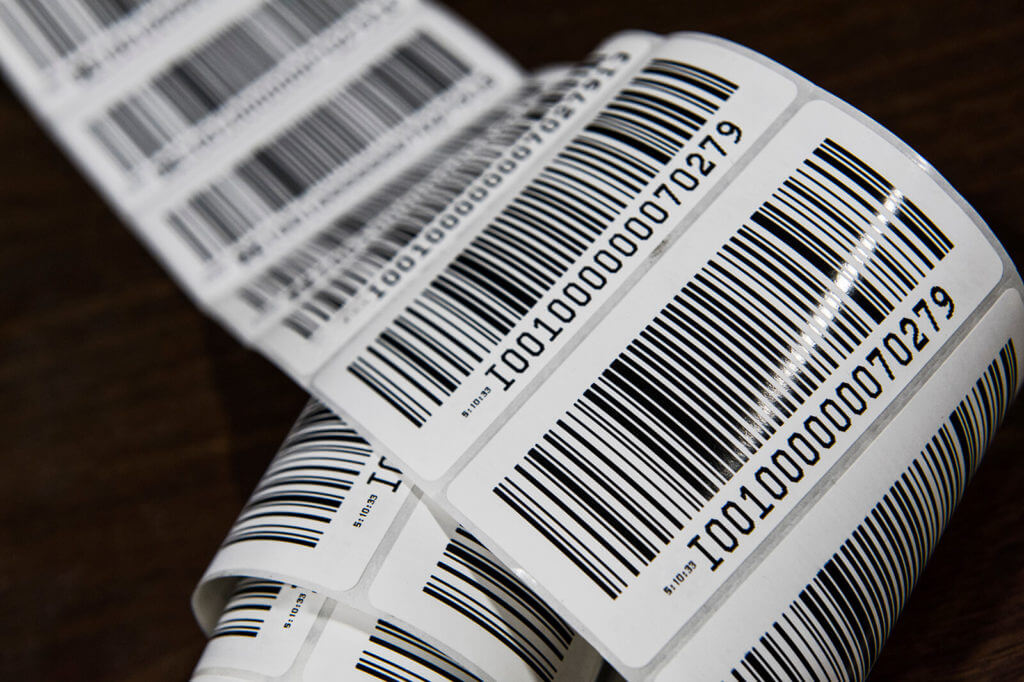Nobody wakes up in the morning wanting to have a difficult day, so why should your company want to wake up to a difficult labeling process? Having an easy labeling process is a goal for companies of all sizes because it not only reduces headaches, but also leads to fewer errors and less confusion when training new employees. If your company has the goal of streamlining your labeling process, TEKLYNX has something for you: three labeling best practices for making your labeling process easy. The first best practice for creating an easy labeling process across your organization revolves around where your labels are stored.
Labeling Best Practice #1 – Centralize label file storage
Like trying to find your car in the jam-packed stadium parking lot after the game, finding the right label in your computer can be time consuming and frustrating. If your label storage location is unorganized or overflowing with individual label files, there’s an easy way to make your labeling process, well, easier. Simply store all your label files in one centralized location. To accomplish this, your company could choose to utilize network licensing, which updates label files on a centralized server rather than on individual machines. Your company could also implement a central repository, which prevents storing label files on separate machines, as well as disparate files and updates.
In addition, leveraging label templates cuts down on the number of files in the file storage location. Label templates allow for fewer individual files and are considered “smart labels” because they connect with a database that fill in variable information. The benefits from centralizing your label storage range from saving time and money to reducing errors to standardizing processes; each benefit creates ease in the labeling process.
Centralizing your label file storage can reduce the time it takes to find the right label, but best practice number two focuses on the design and printing aspect to further maximize the benefits from implementing best practice number one.
Labeling Best Practice #2 – Standardize onto one brand and version of software
Using the same brand and version of barcode labeling software guarantees that your labels can be successfully opened, viewed, edited, and printed by everyone involved in the labeling process. A piece of advice that goes along with this best practice – if a file is saved in a newer version of LABELVIEW software, it is not backwards compatible and cannot be opened in an older version of LABELVIEW. It can be frustrating when a team member with an older version of software is trying to open the label file saved in the newer version, but by standardizing your company’s barcode labeling software to the same brand and version, this problem can be avoided completely. If you’re interested in learning more about standardizing your labeling programs, check out our Standardization Resource Guide.
Your company’s labels are now centralized, your company’s label software is now standardized, and your company’s goal of an easier labeling process is almost realized! The last best practice focuses on integrating your company’s business system into the labeling process for greater printing ease.
Labeling Best Practice #3 – Print from your business system
Your company’s already existing business or ERP system houses critical business data that often needs to be printed on your labels. So why not integrate your label software with it? Integration with a business or ERP system makes printing easy, minimizes errors, and provides the fastest label printing speeds because you print directly out of your business of ERP system. Printing can be triggered by scanning a barcode, adding a record to a database, or using a scale to weigh a product. No matter which way printing is triggered, automated printing is guaranteed to make the labeling process easier. SENTINEL, a TEKLYNX print automation software, can be leveraged for a smooth integration. One company using SENTINEL, Flex-Strut, saw a 100% increase in label printing speed from reducing labeling bottlenecks through print automation! Read more about their labeling story in our case study.
Having an easy labeling process not only benefits your company by decreasing errors and time, but it also benefits your employees by reducing their grievances with the process. The best practices in this article, along with other strategies to help your company label better, can be found in TEKLYNX’ Best Practices for Barcode Labeling ebook. Rest assured, by following the best practices of centralizing your label storage location, standardizing your barcode label software, and printing from your business system, your company can wake up to an easy labeling process.

